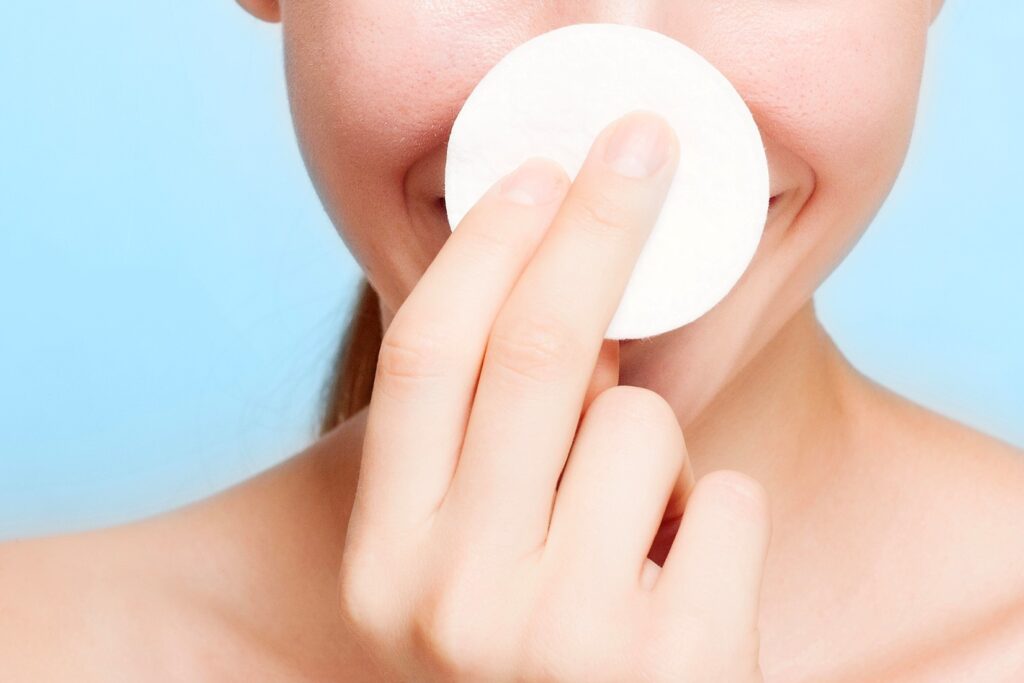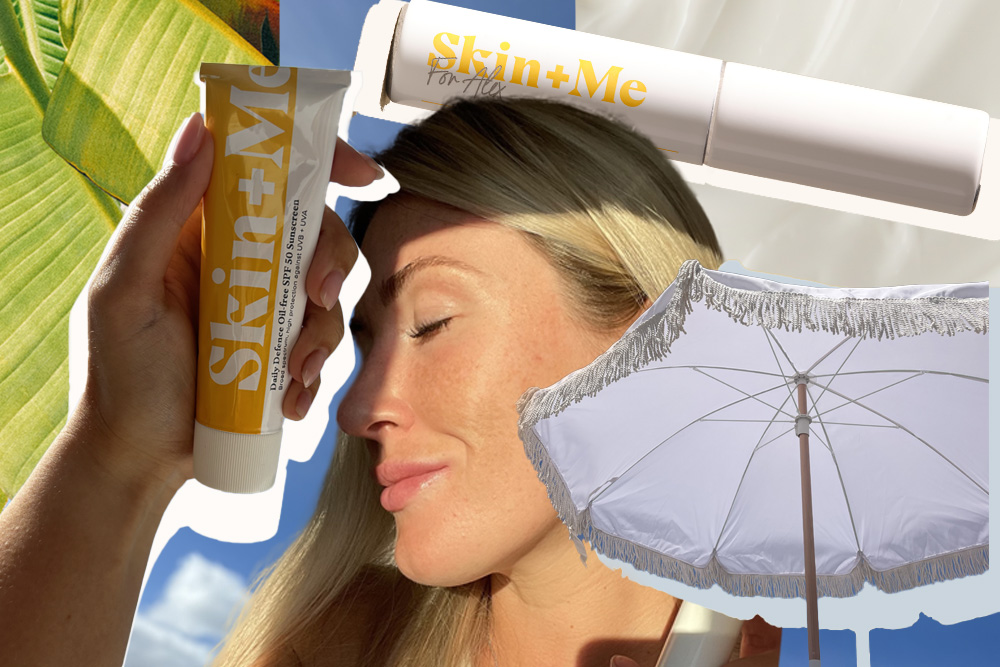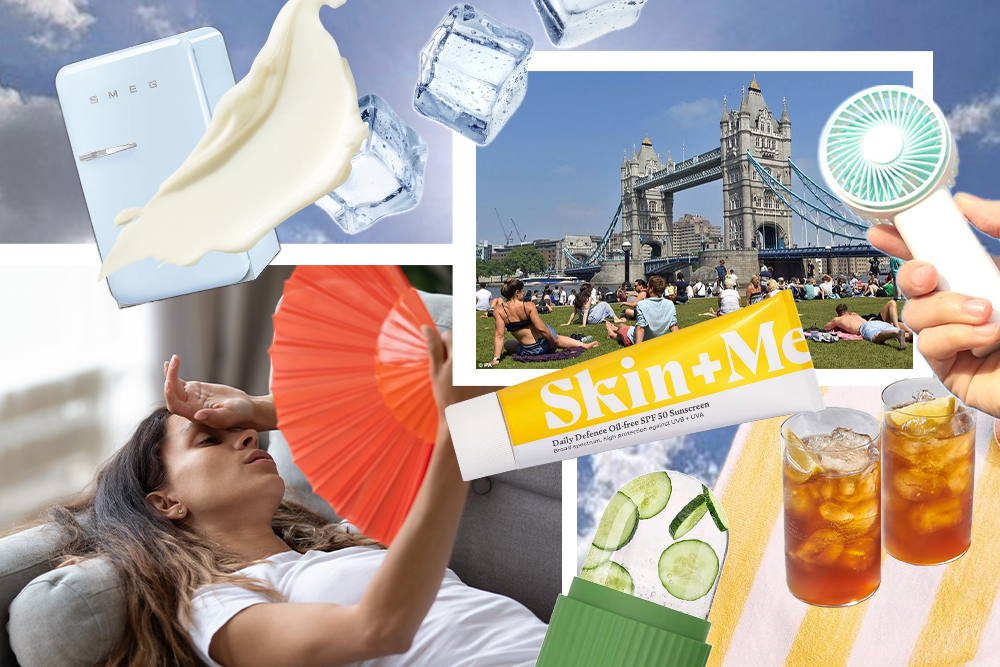Melasma 101

Like and share the article here:
Ask A Dermatologist: Where Do My Spots Come From?
In a spot of bother? Or just want to be clear when it comes to dealing with potential flare ups? Many of us spend years trapped in a difficult relationship with spots or acne and want to make a clean break for good. However, not all spots are equal. Here, we take a deeper dive into different types of spots, what causes them and how to manage spots and acne for happy, healthy skin.
Types Of Spots And Acne
Blackheads And Whiteheads
Blackheads and whiteheads are the most common type of spot, and most of us will be very familiar with them.
A whitehead is a small, raised, white or skin coloured spot that forms when excess oil and dead skin cells clog up the opening of a pore. The pore remains closed which is why it looks white or skin coloured and this is why we call them “closed comedones”.
A blackhead is a small, raised spot that appears black in the centre. It forms in the same way as a whitehead (a pore clogged with excess oil and skin cells) but this time the pore opening is widened. The black colour is not due to dirt as commonly assumed, rather it’s caused by a chemical reaction that occurs when the material blocking the pore combines with oxygen and turns black. The pore is widened in blackheads which is why we call them “open comedones”.
Papules And Pustules
Papules are small red bumps that can feel tender, while pustules are bumps on the skin with a white tip at the centre – a build-up of pus and fluid. They can appear in clusters across the T-zone, cheeks, chin, forehead or temples, chest, back and neck and might be surrounded by inflamed red skin. Papules and pustules can be triggered by hormones, stress, poor sleep or pores blocked by sebum, skin cells, bacteria and makeup.
Cysts
Sometimes the inflammation in the pore can go deeper into the skin resulting in a pus-filled lump under the skin that we call a nodule or a cyst. These are usually bigger and more painful than papules and are more likely to result in scarring if left untreated.
To Squeeze Or Not To Squeeze?
Most of us know the answer is to resist squeezing your spots! If you feel the urge take a deep breath, step away from the mirror and distract yourself. If you squeeze spots (especially cystic spots) you can push infection deeper and risk scarring.
A Note On Fungal Acne
Malassezia folliculitis – more commonly known as ‘fungal acne’ is a persistent acne-like condition that doesn’t respond well to regular acne-treatment methods. Bacteria is the cause of most cases of acne, but yeast (together with a suppressed immune response) is the cause of fungal acne.
Malassezia folliculitis can sometimes be misdiagnosed as acne, but the condition differs to acne as it does not lead to comedones and it is often itchy while acne is not. Certain groups of ingredients have been linked to the condition and, in particular, previous use of antibiotics which are commonly used to treat acne.
Causes Of Spots
Teen acne is generally triggered by hormones and puberty, but the causes of adult acne can vary greatly. Lifestyle factors, monthly hormone cycles and genetics can all play a role. Lifestyle factors that might trigger a flare up of acne including stress, anxiety, poor sleep and the use of specific cosmetics that can irritate the skin or block pores.
While we can make lifestyle changes, there are some factors that cause acne which we can’t control. Genetics and an exaggerated activation of the immune system are thought to play a part in the underlying cause of acne. Many women will be familiar with menstrual-related flare ups too. While the exact reasons are not fully understood, it’s thought menstrual flare ups are linked to an increased sensitivity of the oil-producing cells (sebocytes) to hormonal stimulation.
During menopause in later years, levels of the hormone oestrogen drop dramatically which – together with hormone replacement therapy, can trigger acne. HRT, a common menopause treatment, can also trigger acne. As skin feels dry due to loss of collagen, there is a tendency to reach for heavy moisturisers or facial oils, but combined with hormones these can cause even more problems with breakouts. Focus on replenishing and soothing your skin barrier with non-comedogenic products – they won’t clog your pores.
Product Sensitivity And Irritation
Sometimes a product may be irritating your skin rather than causing skin renewal, leading to spots. If you’re a Skin + Me member and you’ve noticed this seems to be the case with your Daily Doser, keep your skin well hydrated and contact our Support Team (hello@skinandme.com). You should also stop using any additional over the counter ingredients that may irritate your skin further, such as harsh cleansers and exfoliant acids like AHA and BHAs.
If you’ve been using an over the counter product for a while, remember that cosmetics and skincare can go off, so check the Period After Opening symbol – it looks like a pot with a lid – for the product’s shelf life after opening. Time flies by and many of us are surprised to learn that some products on our shelves are months or even years out of date, and could easily be contributing to irritated skin or acne.
A Note On Purging
If you suffer a breakout of spots or a worsening of existing acne in the first few weeks of adjusting to using new active ingredients, like those in your Daily Doser, this is known as purging. Purging can result from your skin adjusting to powerful ingredients that are working on a deeper, cellular level.
Not everyone goes through purging, but for those who do, it rarely lasts longer than eight weeks. If your purging lasts longer than this, contact the Support Team (hello@skinandme.com) at Skin + Me as it could be another issue, and we can clear it up.
How Often Should I Cleanse My Face?
It’s tempting to over cleanse skin when you have acne, but cleansing more than twice a day (unless you’re recovering from a sweaty exercise session) can be counterproductive and irritate your skin, making it worse.
You want to use a gentle cleanser that protects the skin barrier whilst removing makeup, dead skin cells, dirt and oil, unclogging pores and discouraging spots. Freshly cleansed skin should feel comfortable, not irritated or tight. Check out our ultimate guide to cleansing for more information.
How To Manage Your Spots
Treating teenage spots starts with proper cleansing and controlling oil production before identifying the treatment needed, but identifying the causes of adult acne can be more complex. Adult acne can have multiple causes, and needs a targeted approach to match.
A successful treatment for adult acne needs to consist of effective, evidence-based treatments (hello, acne-fighting Skin + Me Daily Doser) that get to work, yet are gentle enough to respect your skin too.
If your moisture barrier has been compromised by aggressive acne treatments and natural ageing, it’s important to focus on soothing and repair, as well as targeting spots. When looking at your current skincare routine, choose products that hydrate, moisturise and support your barrier – think hyaluronic acid and ceramides. Avoid excessive use of actives (even though it’s tempting to pile on the products) and harsh exfoliating cleansers that can do more harm than good.
Treatment ingredients that target adult acne include clindamycin, metronidazole, retinoids (including tretinoin) and azelaic acid. They’re all scientifically proven to target acne, while retinoids and azelaic acid also have incredible anti-ageing properties. It’s useful to note that retinoids can damage your moisture barrier, so remember to protect your skin after using them. Daily use of sunscreen, a gentle cleanser and a moisturiser will help to protect your skin while allowing powerful active ingredients to get to work on your acne.
Working to identify and manage known trigger factors, such as stress and the menstrual cycle, are also important in giving your treatments the best chance of working. If you’re able to recognise known triggers, you’ll be better equipped to adapt your routine and lifestyle to support your skin and help your skincare to work most effectively.
New to Skin + Me? Get your first month of personalised skincare for £4.99 with promo code DOSE – complete our quick consultation here.
Looking for a routine refresh? Add the Dream Routine to your Skin + Me subscription.
In need of a restock? Head to The Skincare Shop for one-off purchases of your Routine Essentials.



